![]()
New technology, changing workplace trends, and shifting demographics are all creating monumental shifts in the way we work. New ways of collaborating, networking, and working from home are challenging old concepts of how people spend their days. How your company handles these disruptions will largely determine its success in the future workforce. These changes also present new opportunities for forward-thinking companies to identify untapped potential and discover new solutions that support a more productive, collaborative, and mobile employee base. The following trends should be considered when developing your company’s future strategy.
Remote Working
Whether it’s because of a decrease in local employment opportunities, a shortage of affordable housing, or other factors, more people than ever are working from home. Remote working has grown by more than 60% in the last decade, and it’s predicted to continue expanding at a rapid pace. As employees look for ways to manage their work-life balance, and companies look for ways to cut costs, remote working will likely become even more common. The benefits of remote work are clear: Employees are able to save on childcare, for example, which can lead to more people being able to stay in the workforce after having children. Remote workers also tend to be more productive and get more done. Remote work, however, comes with challenges as well. Employees working independently will need to know how to motivate themselves to be as productive as they would be in an office setting. Companies also need to make sure they have the right tools in place to foster collaboration and communication among remote workers.
Virtual and Augmented Reality Collaboration
As remote working grows in popularity, the need to create an office-like setting extends beyond the confines of the employee’s home. Virtual reality (VR) and augmented reality (AR) are new technologies poised to make collaboration happen on a scale not yet seen. These technologies allow for a more immersive experience than a phone call or video conference call. AR, for example, can be used to bring 3D models to life, allowing team members to see how a product will look in the real world. VR can be used for a more immersive experience, like allowing remote employees to attend the company’s next big meeting as if they were there in person. Both AR and VR have yet to reach their full potential; however, many companies are already using them to increase efficiency, improve communication, and create more engaging employee experiences.
Hiring Strategies for the Millennial Generation
The millennial generation is now the largest portion of the workforce, and they expect employers to recognize this. Millennials have already been a significant force in changing the way many companies operate; smarter work environments, more remote options, and benefits like flexible scheduling are all being driven by the millennial workforce. This generation is also much more diverse than previous generations, which means companies need to be more aware of the cultural differences among employees. Companies looking to attract the best millennial talent might consider offering a flexible work environment, implementing a diverse hiring policy, and investing in employee training and development.
Automation in the Workplace
As artificial intelligence (AI) and machine learning technologies improve, society will likely see a gradual increase in automation in the workplace. While AI has been used for years in areas such as customer service and insurance claim processing, experts predict its use will expand in the future. This can be seen already in industries such as healthcare, which has seen healthcare bots make diagnosis and treatment suggestions in certain situations. Automation can also be applied to administrative tasks and other aspects of business, including inventory management and supply chain, and HR. This could mean less work for employees, or it could mean that companies will need to hire people with different skill sets to manage these new systems. Either way, the workplace will likely change to accommodate the rise in automation.
Conclusion
While these trends will likely change the way people work in the future, companies will need to be flexible and adapt to the changing needs of employees. The best way to handle these changes will be to be open to new ideas and be willing to try something new if an existing strategy isn’t working. It’s important to keep an eye out for trends among employees and recognize when a new way of working is more productive than an old way. New technology, remote working, and changes in the demographic of the workforce are creating new opportunities and challenges for companies. The most successful companies will be those that embrace and capitalize on these trends.
HOW IT WORKS
GET AN IT SOLUTIONS QUOTE
We’ll chat about your business, how you use technology, and what you want to get out of IT.
Lets Talk

We’ll chat about your business, how you use technology, and what you want to get out of IT.
Choose Your Plan

If we’re the right fit, you’ll choose the IT service agreement that works best for your organization.
Start Your Experience

Within days, you’ll be experiencing IT like never before.
